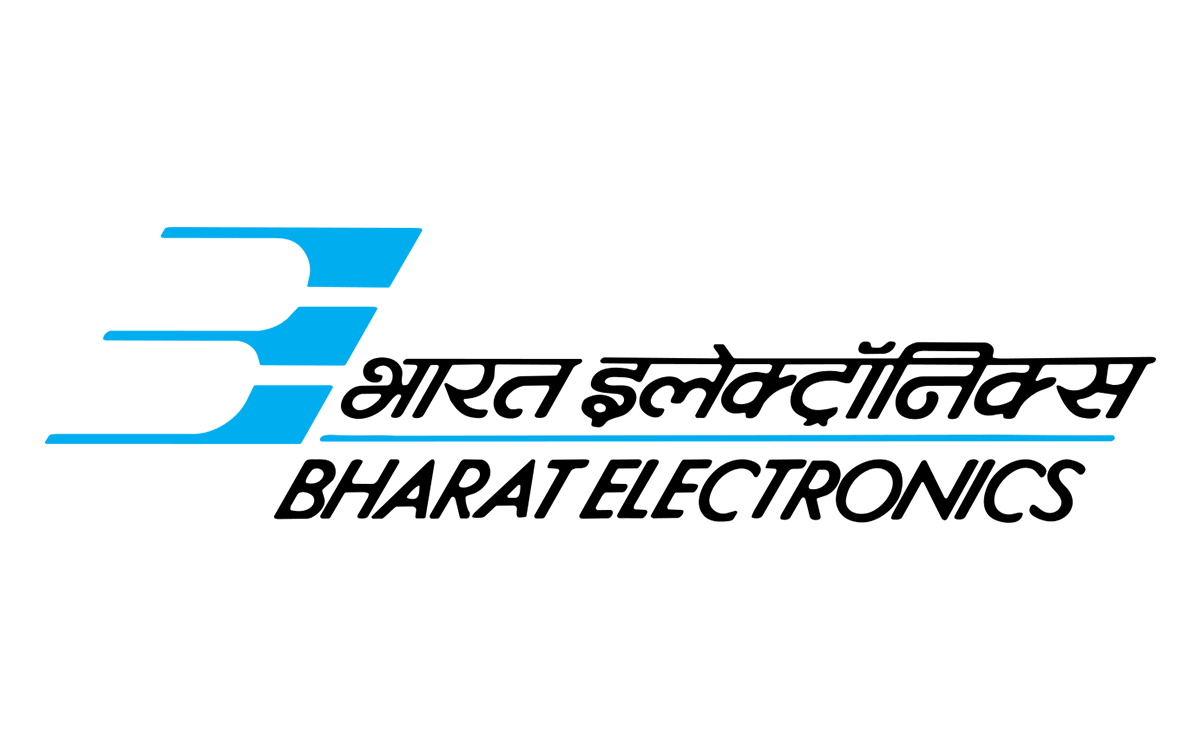
Torsion Spring Overview
Shama Spring offers a selection of torsion springs with legs of equal length oriented at varying unloaded angles. Torsion springs can store and release angular energy or statically hold a mechanism in place by deflecting the legs about the body centerline axis. They offer resistance to twist or rotationally applied force.A spring of this type will reduce in body diameter and increase slightly in body length when deflected in the preferred direction of the fabricated wind.
Depending on the application, torsion springs can be designed to work in a clockwise or counter-clockwise rotation, thus determining the direction of the wind. Common torsion springs are those used in a clothes pin or a garage door
We Manufacture Torsion Springs Ranging from WD 0.3mm to 60 mm
Angular Energy Storage and Release:
Torsion springs store energy when twisted and release it when the torque causing the twist is removed. This characteristic is useful in applications that require rotational movement.
Static Holding:
Torsion springs can be designed to hold mechanisms or components in a static position when they are twisted. This can be used for latching, locking, or holding applications.
Equal Length Legs:
The equal length legs of a torsion spring ensure that the force is distributed symmetrically when the spring is twisted, leading to balanced torque generation.
Angular Deflection:
Torsion springs allow the legs to deflect about the body's centerline axis, which is how they store and release energy.
Torsion Springs Characteristics
Shama Spring offers a selection of torsion springs with legs of equal length oriented at varying unloaded angles. The torsion spring configuration is created for the purpose of storing and releasing angular energy or for the purpose of statically holding a mechanism in place by deflecting the legs about the body centerline axis. A spring of this type will reduce in body diamter and increase slightly in body length when deflected in the preferred
The direction of the fabricated wind.
The direction of the fabricated wind can also be important for torsion spring applications due to the leg bearing/attachment location having to be on the left or right side upon assembly. A torsion spring is normally supported by a rod (mandrel) that is coincident with the theoretical hingeline of the final product.
Torsion Spring Dimensions
- Hold the spring in one hand, and the calipers in the other hand. Place the caliper “teeth” on the inside diameter. This is called the Inside Diameter (I.D.).
- Place the calipers on the “leg” to measure the wire. This is called Material Size (or Wire Diameter).
- Place the calipers on the working coils of the spring. This is called the Body Length.Place the calipers on the working coils of the spring. This is called the Body Length.
- Count the total coils, beginning at one end, just under where the leg leaves the body. Count to the other end, all full coils, and any fraction thereof. This is called Number of Coils and determines leg position. i.e. 90°, 180°, etc.
- Determine the direction of coil (Wind Direction). See diagram for hand/finger illustration. Right Hand Wind or Left Hand Wind.
Torsion Spring Dimensions
The highest grades of spring wire are used when fabricating our torsion springs. To create cost-effective warehousing of our stock spring inventory for our customers, we offer material certification for custom springs only. Certifications of conformance for geometric tolerances set by the Spring Manufacturers Institute (SMI) are available for stock torsion springs upon request.
The term “spring steel” is a stock inventory term covering music wire, hard-drawn(MB) wire and oil-tempered wire. Additionally, stock torsion spring materials may include 300 series stainless steel.
Specification:
Wire Diameter:
This refers to the thickness of the wire used to create the spring. It affects the strength and stiffness of the spring.
Leg Length:
The length of each leg of the torsion spring, which affects the amount of angular deflection and the torque generated.
Outer Diameter (OD):
The total diameter of the spring's coil when it's not under any load.
Inner Diameter (ID):
The diameter of the spring's coil when it's not under any load.
Free Angle:
The angle of rotation or twist when the spring is in its natural, unloaded state.
Angular Deflection:
The maximum angle through which the spring can be twisted before reaching its elastic limit or permanent deformation.
Material:
Torsion springs are commonly made from materials such as music wire, stainless steel, or other alloys, selected based on factors like strength, durability, and resistance to corrosion.
Load and Torque Ratings:
These specifications indicate the amount of force or torque the spring can handle without experiencing permanent deformation
Direction of Wind:
Torsion springs can be wound in different directions, such as clockwise or counterclockwise, depending on the application's requirements.
Cycle Life:
The number of times the spring can be twisted and released before it experiences fatigue or failure.
Application-Specific Design:
Torsion springs can be customized for specific applications, including different leg configurations, attachment options, and angular characteristics.

Spring Specifications
Raw Material Options
- Music wire
- Stainless Steel -302/304, 17-7
- Inconel
- Hastelloy
- Titianium
- MP35N
- Elgiloy
- Monel
- Hard Drawn
- Hard Drawn Galvanized
- Oil Tempered
- Chrome Silicon
- Chrome Silicon Valve Grade
- Phosphor Bronze
- Beryllium Copper
- Nichrome-Resistance wire
Additional Resources
- Grinding
- Pre-setting
- Load testing
- Shot peening
- Vibratory finishing
- Heat treating
Finishing Options
- Zinc (upon request)
- Gold Irridite (upon request)
- Black Oxide (upon request)
- Passivated (upon request)
- None (upon request)
- None (can be plated upon request)
Our years of experience can assist in addressing a variety of spring design issues.
+91-9765170786, 9890635659
Need to Help Line?




